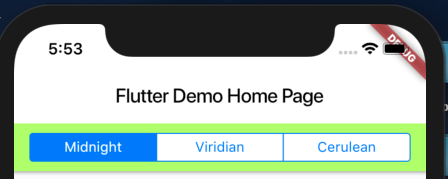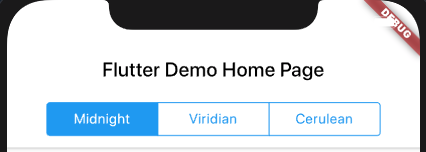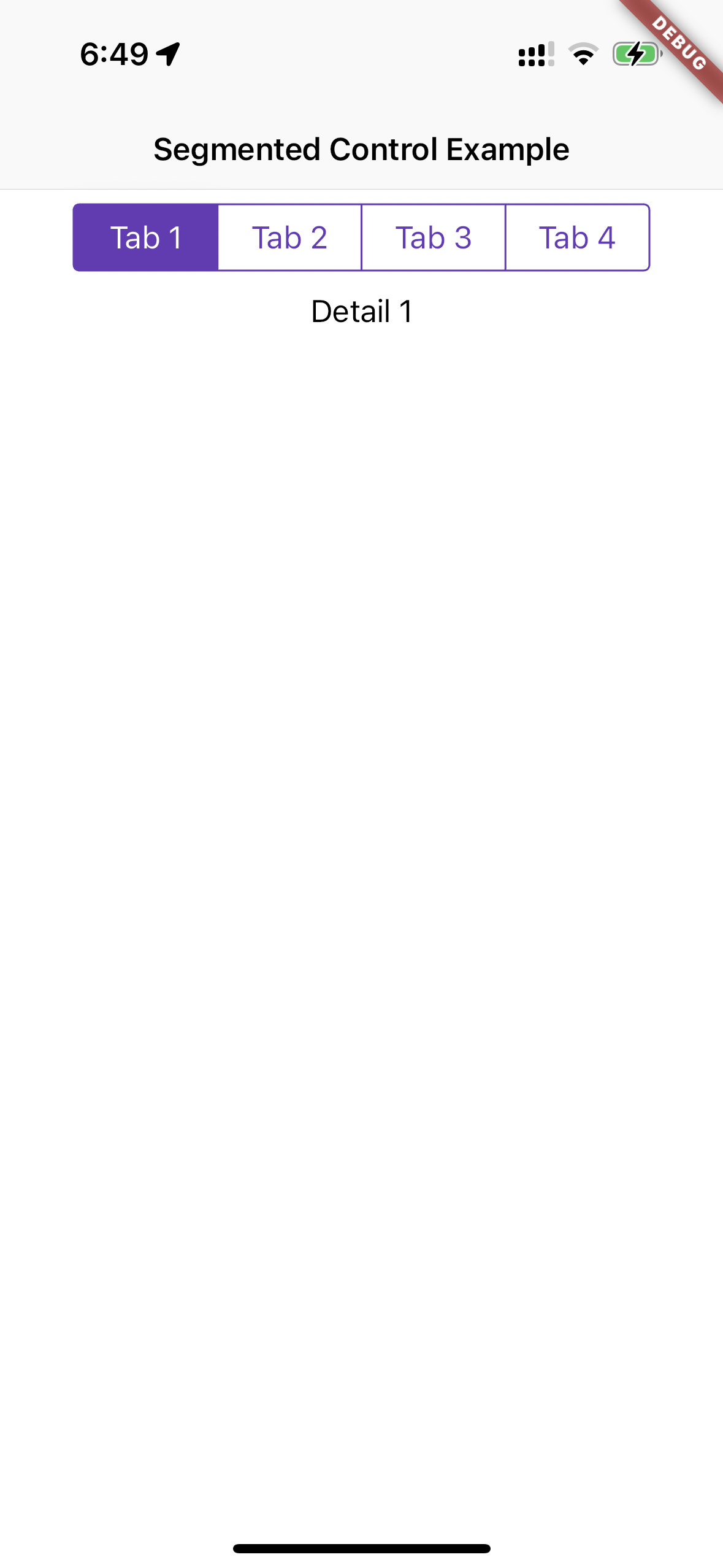I am trying to use CupertinoSegmentedControl from the flutter Cupertino library in the AppBar using the bottom attribute to achieve the following design (height = 32)
so I tried the following :
@override
Widget build(BuildContext context) {
return Scaffold(
appBar: AppBar(
elevation: 2,
backgroundColor: Colors.white,
centerTitle: true,
title: Text(this.widget.title, style: TextStyle(color: Colors.black)),
bottom: PreferredSize(
child: Padding(
padding: const EdgeInsets.only(top: 8, bottom: 12),
child: Row(
children: <Widget>[
SizedBox(width: 24),
Expanded(
child: CupertinoSegmentedControl(
children: this.widget.tabs,
groupValue: this._selectedTab,
onValueChanged: (value) {
this.setState(() => this._selectedTab = value);
this._tabController.animateTo(value);
}
),
),
SizedBox(width: 24)
],
),
),
preferredSize: Size(double.infinity, 48)
)
),
body: new TabBarView(
controller: this._tabController,
children: this.widget.views,
));
}




